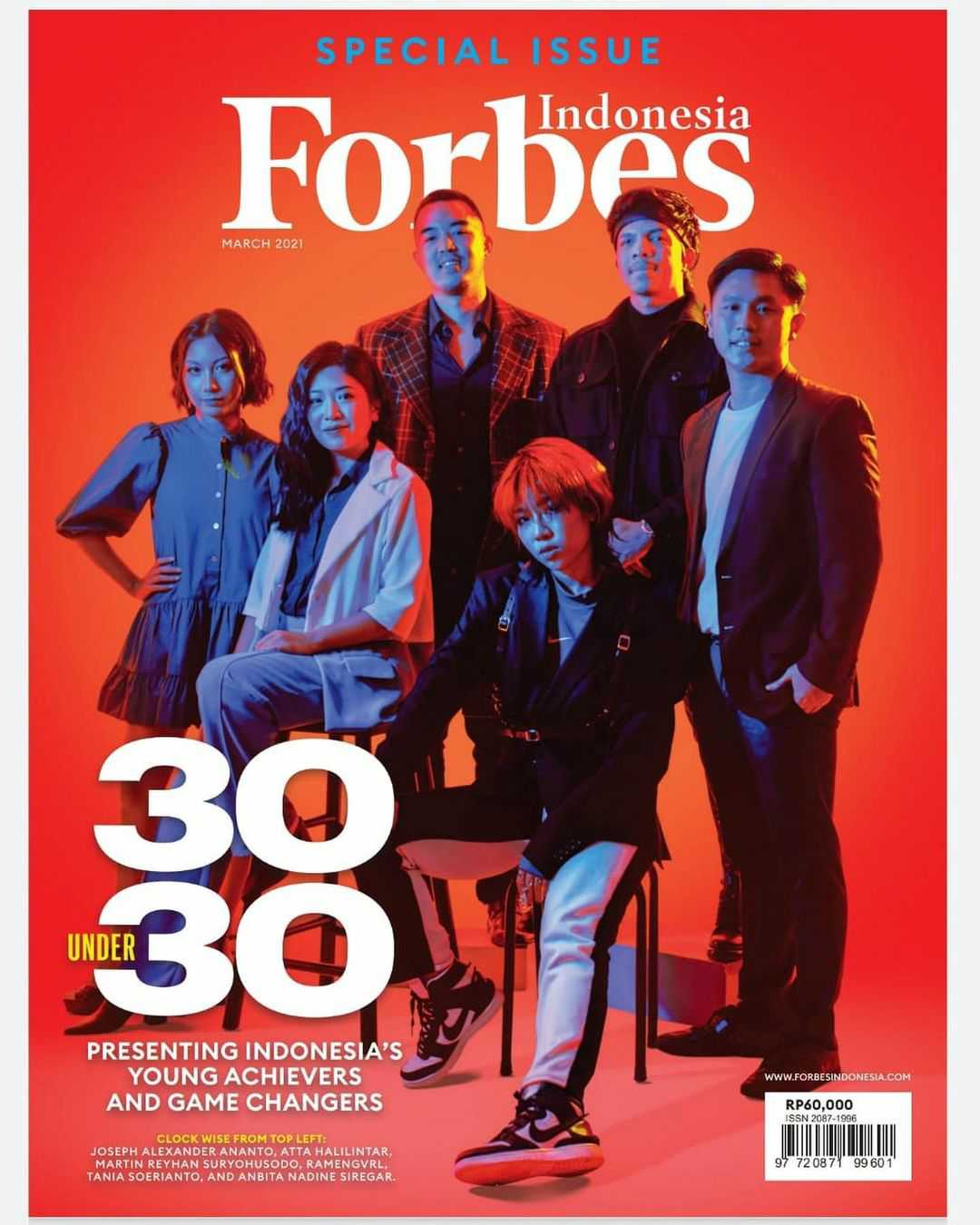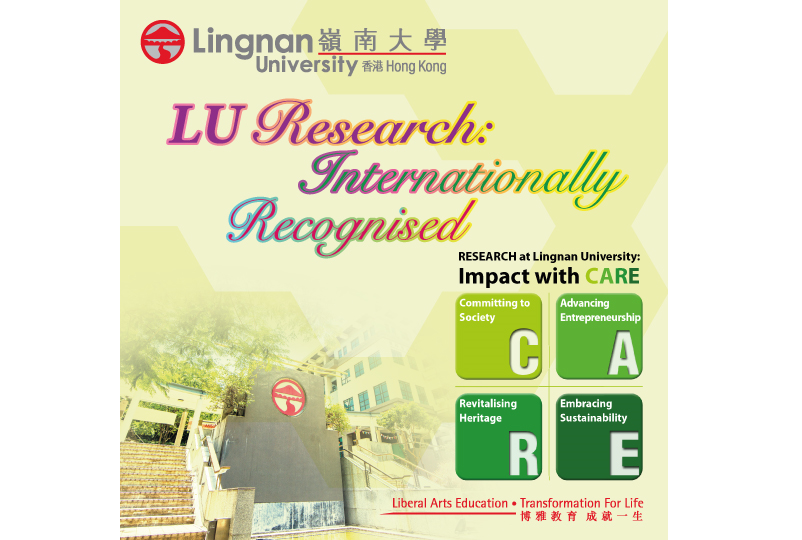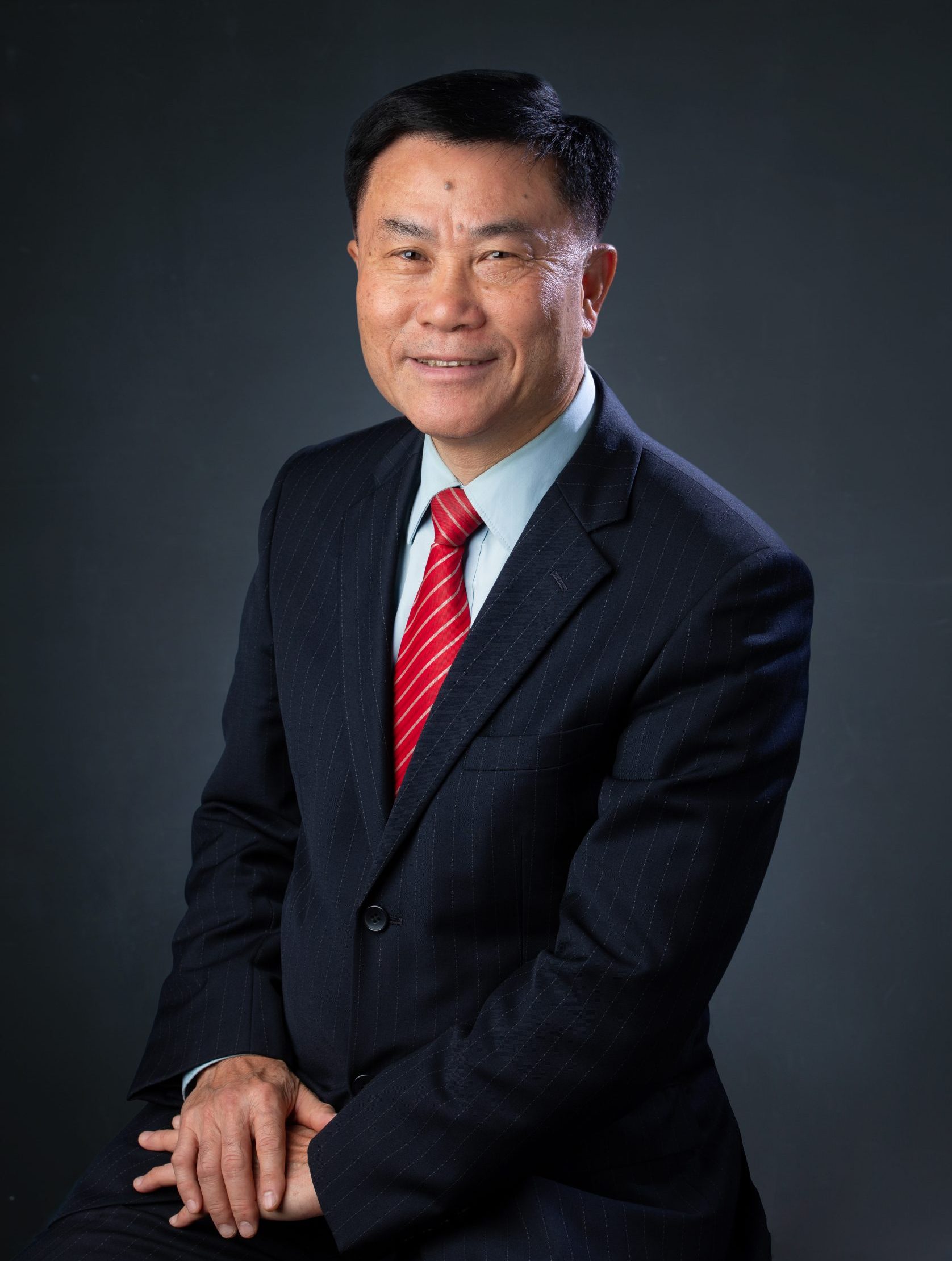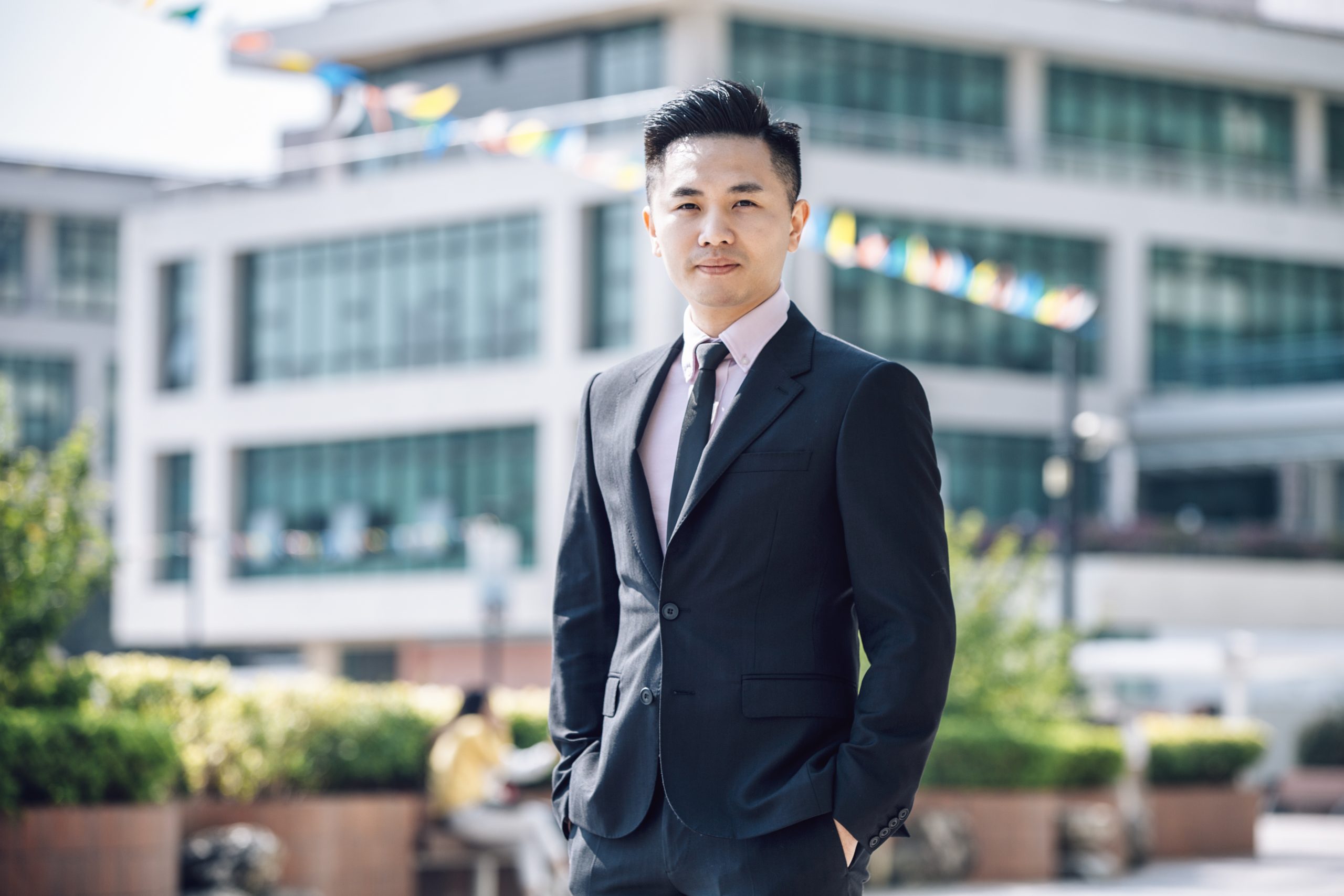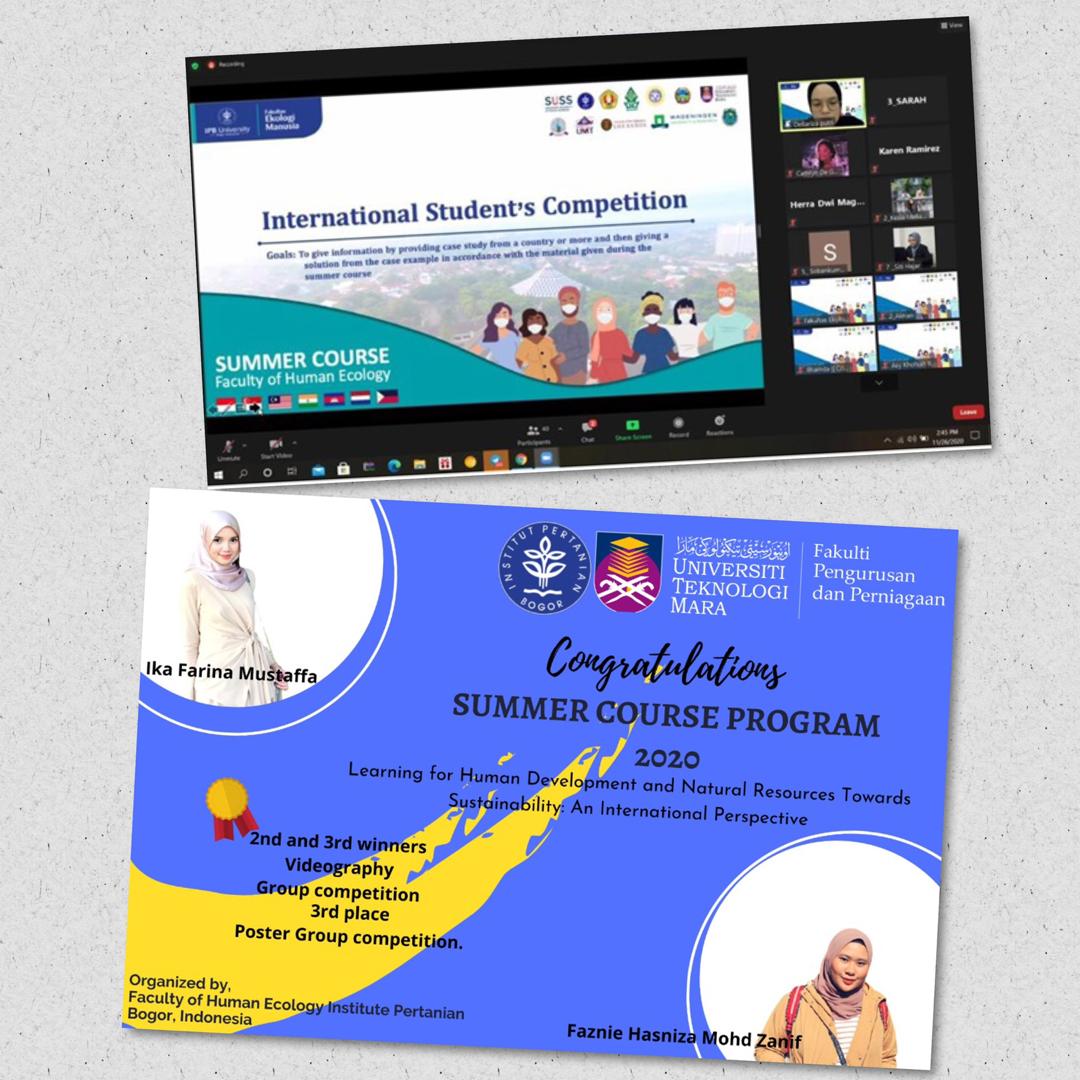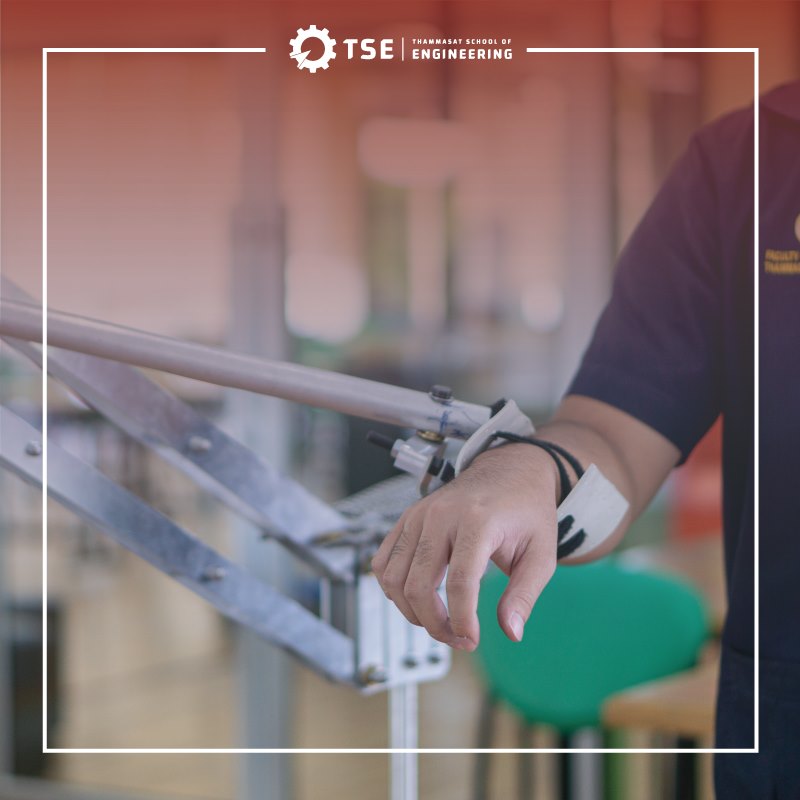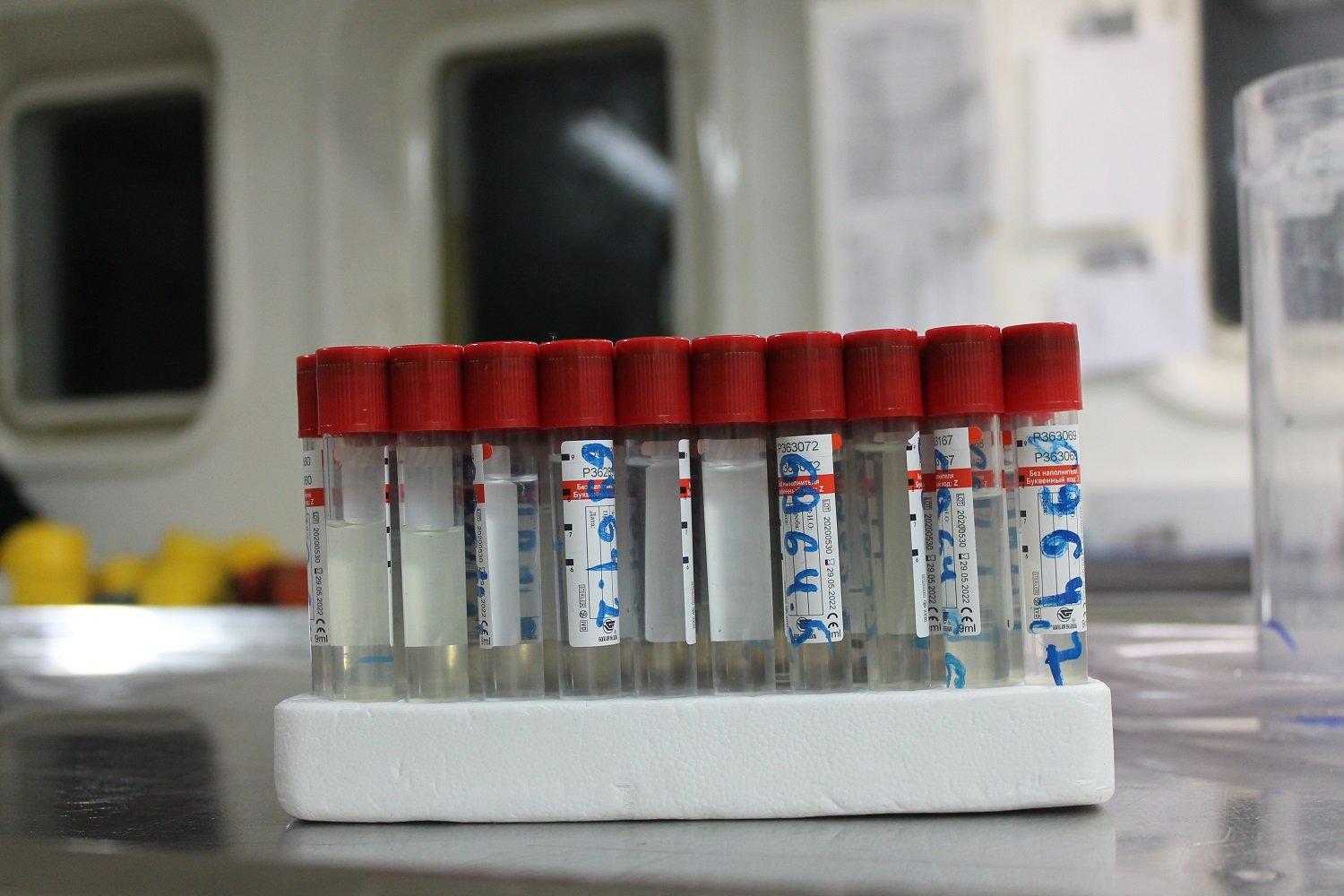Young scientists of Tomsk Polytechnic University as a part of the team of Arctic researchers have studied pore waters in three areas of methane release on the surface. They first managed to define in details the composition of pore waters in the cold methane seeps of the Eastern Arctic seas. The research findings are published in the Water academic journal.
The research was based on the samples obtained during the Arctic expedition aboard the research vessel “Akademik Mstislav Keldysh” in 2019. The scientists and students from 12 scientific institutions, including Tomsk Polytechnic University, Moscow Institute of Physics and Technology, Lomonosov Moscow State University, the Research Center of Biotechnology of the Russian Academy of Sciences, the Vernadsky Institute of Geochemistry and Analytical Chemistry of the Russian Academy of Sciences, the Zhirmunsky National Scientific Center of Marine Biology of the Far Eastern Branch of the Russian Academy of Sciences and others took part in the expedition arranged by the Shirshov Institute of Oceanology of the Russian Academy of Sciences jointly with the Ilichev Pacific Oceanological Institute of the Far Eastern Branch of the Russian Academy of Sciences.
The TPU researchers completed a number of research tasks, including the study of conditions of sediments and pore waters. The pore waters are noteworthy due to their reflection of the composition of seawater and the composition of sediments. Researching the samples of pore waters from the point of view of geochemical, biochemical and hydrochemical data, it is possible to reconstruct processes occurring in the waters and sediments, as well as to forecast the development of the situation.
“During the expedition, we focused on the methane yield areas and the changes of hydrochemical properties in these areas. In total, there were six test cores and 42 samples of pore waters collected at depths of 22 to 68 m. The main focus was on the methane yield areas on the surface. Thuswise, three areas with their features were studied: the Lena River Delta, the continental margin of the Laptev Sea and the central part of the East Siberian Sea. In fact, we compared three cold methane seeps together. Moreover, the samples were collected in the sampling points in the immediate vicinity of methane release on the surface,” Yulia Moiseeva, Research Fellow of the TPU Division for Geology, one of the authors of the article, says.
To collect the samples, the scientists used special filters and vacuum test tubes to exclude oxygen and obtain valid results. A part of the analyses was conducted aboard. For instance, rapidly changing indicators, i.e. biogenous elements such as nitrates, nitrites, phosphates, ammonia and total alkalinity were researched. A more detailed study of the samples was continued in the TPU laboratories.
“Having come back from the expedition, we studied the macro-and microcomponent composition of pore waters that was conducted in the accredited TPU Research Laboratory for Hydrogeochemistry using inductively coupled plasma mass spectrometry. The data on 66 elements for every sample were obtained, it allowed us to define geochemical indicators of the presence of cold methane seep: in this context, what elements can be in higher or lower concentrations in comparison with background concentrations,” Darya Purgina, Research Fellow of the TPU Division for Geology, explains.
The scientists managed to define the regional features of the Eastern Arctic seas, including the features of the methane yield areas. For instance, the stations located in the East Siberian Sea are characterized by the high concentration of Mn, Al, Si, P, Fe, Cu, Ba in comparison with the stations in the Laptev Sea, where there was the high concentration of Li, B, V, Br, U and the low concentration of I, Mn.
In general, the concentration of V, Th, P, Al is increased in the methane yield areas, while the concentration of Co, Fe, Mn, U, Mo, Cu is decreased.
“Thus, we first defined a number of elements that can be used as indicators of methane yield. The research is still ongoing to confirm the results. The extended data have already been obtained on the results of the 2020 Arctic expedition. The materials are currently being processed, however, it is already possible to say that the part of the new data confirms the previously obtained results. Furthermore, the extended data will allow reconstructing processes more detailed, which occur in the methane yield areas. The uniqueness of the obtained data lies in the application of modern sampling methods, which allow minimizing failures, as well as obtaining a wide array of elements with high accuracy. The pore waters in the methane yield areas of the Eastern Arctic have not been studied so detailed and comprehensive yet,” the scientists sum up.
The research was conducted with the support of the TPU Competitiveness Enhancement Program.




.png)
